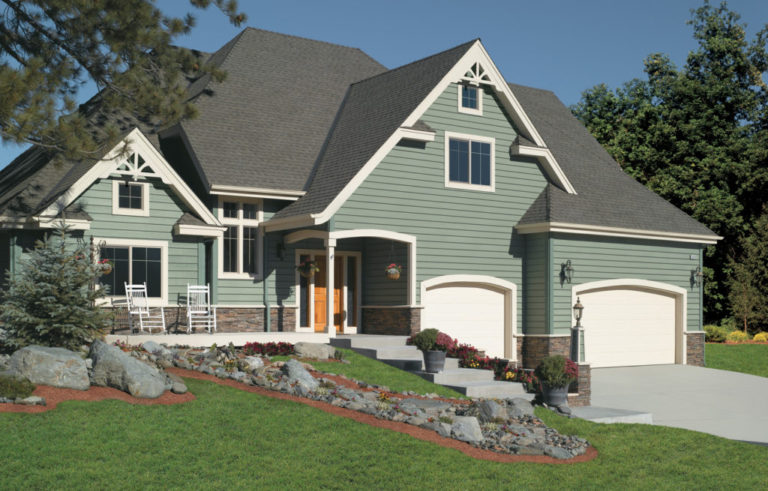HCOL vs LCOL: The Ultimate Financial Face-off
Choosing where to live is a big financial decision. In this guide, we’ll explain the differences between High Cost of Living (HCOL) and Low Cost of Living (LCOL) areas and how they can affect your money and plans for the future.
Table of Contents
ToggleUnderstanding HCOL and LCOL Areas
Before we dive into the numbers, let’s grasp what HCOL and LCOL areas mean.
HCOL Areas

Living Costs in HCOL Areas
HCOL areas, such as bustling metropolises like New York City or tech hubs like San Francisco, often come with significantly higher daily expenses. Everything from groceries to healthcare tends to have a steeper price tag. For instance, a simple meal at a restaurant or a gallon of milk may cost notably more than in LCOL regions.
Home Prices
Buying a home in HCOL regions can be a monumental financial challenge for many. The real estate market in these areas often features sky-high median house prices, making homeownership a distant dream for some.
Property Taxes
HCOL areas are notorious for their substantial property taxes. As a homeowner in an HCOL region, you may find that a significant portion of your annual budget goes toward property taxes, further adding to the overall financial strain.
Jobs in HCOL Areas
While living costs are high in HCOL areas, they also offer enticing job opportunities, especially in sectors like finance, technology, and entertainment. However, it’s important to note that the job market in these areas is highly competitive.
LCOL Areas

Living Costs in LCOL Areas
LCOL areas offer budget-friendly daily expenses, providing relief for your wallet. Groceries, healthcare, and transportation tend to be more affordable, allowing your money to go further in your everyday life.
Home Prices
In LCOL regions, owning a home is more attainable for many families due to the lower housing prices. This accessibility to homeownership can significantly impact your financial outlook, as it often means more manageable monthly mortgage payments.
Property Tax Benefits
One of the significant advantages of LCOL areas is the lower property taxes, which can significantly reduce your overall financial commitments. This financial relief can free up funds for savings, investments, or other financial goals.
Incomes in LCOL Areas
While salaries may not reach the same heights as those in HCOL areas, the lower cost of living enables your income to provide a comfortable lifestyle. This means that your money goes further in LCOL regions, making it an attractive choice for many. In some cases, individuals may opt for careers or businesses that offer a better work-life balance due to the lower cost of living, improving their overall quality of life.
HCOL vs. LCOL: Financial Considerations
Income Requirements
To determine the right fit for you, it’s essential to consider income requirements. HCOL areas demand a higher income to maintain a comfortable lifestyle due to elevated living costs, while LCOL areas offer more financial flexibility with a lower income threshold.
Strategies for HCOL Areas
In HCOL areas, meticulous financial planning, smart investments, and securing higher-paying jobs are crucial strategies to thrive in this competitive environment. The potential for higher income is a significant draw, but it comes with the need for a proactive financial approach. Effective budgeting and investment planning are essential to maximize your financial prospects in an HCOL area.
Taking Advantage of LCOL Benefits
LCOL areas offer an excellent environment for building savings, making prudent investments, and planning for a comfortable retirement. The lower cost of living can provide the stability needed to focus on your financial goals. With reduced financial stress, you can dedicate more of your income to savings and investments. Explore opportunities for building wealth, such as real estate investments or entrepreneurship, to create a strong financial foundation for the future.
Planning and Saving for Your Future and Retirement

Now that you know about HCOL and LCOL areas, let’s see how your choice affects your long-term financial plans and retirement.
Personal Goals
Your choice of residence should match your family’s needs and goals. Think about what matters most for your future, whether it’s early retirement, starting a business, or traveling the world.
Strategies for HCOL Areas
In HCOL areas, developing a meticulous financial plan, investing wisely, and capitalizing on higher earning potential can secure your financial future. The competitive job market necessitates proactive financial strategies, including budgeting, investing in tax-advantaged retirement accounts, and seeking out opportunities for career advancement. With careful planning, you can thrive in an HCOL area while building financial security.
LCOL Area Advantages
Utilize LCOL areas as a fertile ground for building savings, making prudent investments, and planning for a comfortable retirement. The lower cost of living can provide the stability needed to focus on your financial goals.
With reduced financial stress, you can dedicate more of your income to savings and investments. Explore opportunities for building wealth, such as real estate investments or entrepreneurship, to create a strong financial foundation for the future.
Conclusion
In conclusion, the decision between HCOL and LCOL areas is multifaceted and crucial for your financial security and long-term wellbeing. Your choice depends on individual circumstances, priorities, and future goals. Armed with a comprehensive understanding of the financial dynamics of both HCOL and LCOL areas, you can make an informed decision that paves the way for a secure and prosperous future.
Remember, your financial destiny is not solely determined by your location but by how wisely you manage your resources. Whether you embrace the bustling life of an HCOL city or the serene charm of an LCOL area, your financial future ultimately rests in your hands. Choose wisely, plan diligently, and embark on a journey towards financial security and independence.









3 Comments